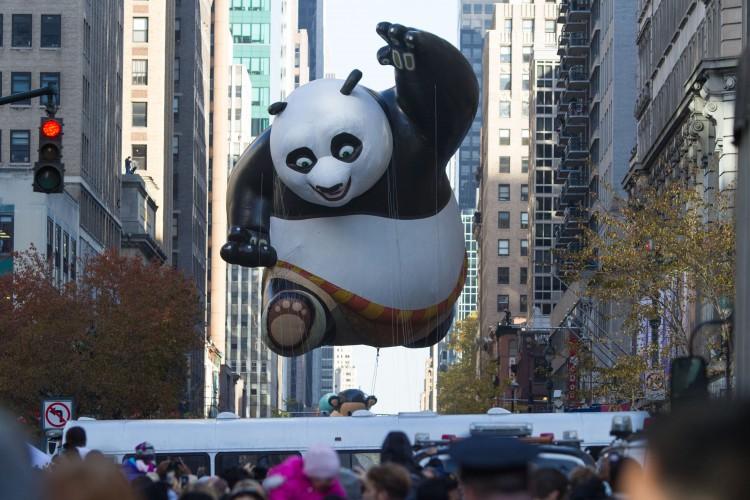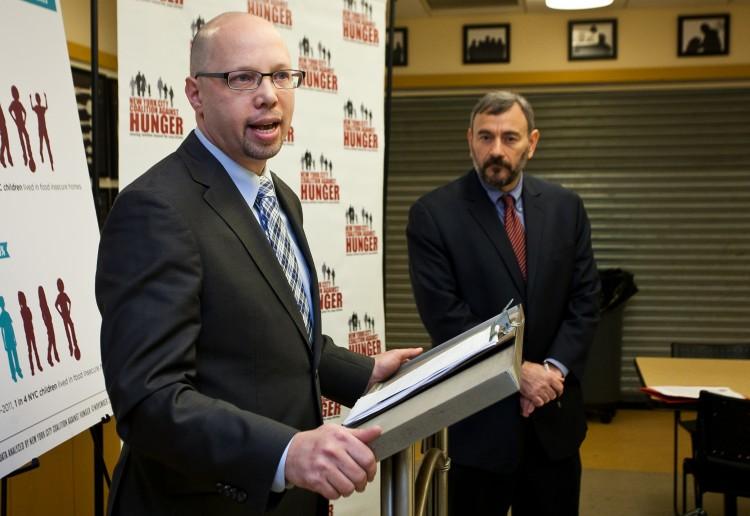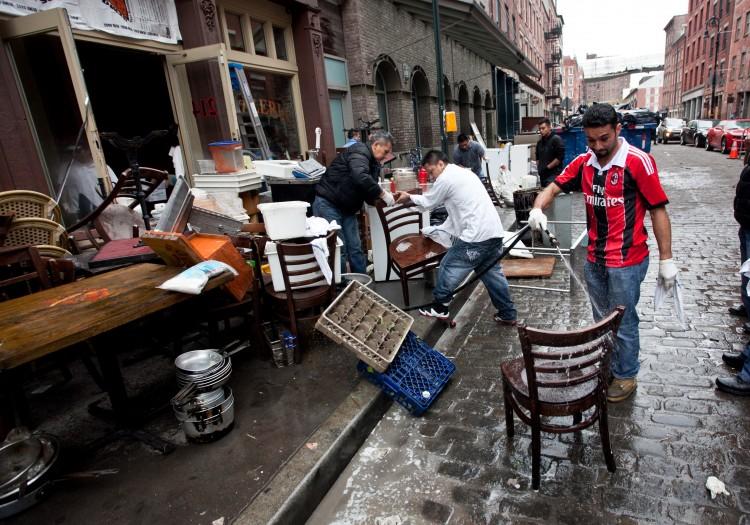NEW YORK—For New York City to maintain its position as one of the world’s premier business centers, Mayor Michael Bloomberg sees a need to update East Midtown.
If proposed rezoning in the area around Grand Central station is to go ahead, the development that would likely follow would create a dramatic shift in the number of people going to and from the area.
The MTA recently proposed solutions to accommodate increased pressure on the subway.
In light of building stock advancements in competitor cities around the globe, Bloomberg said the buildings of East Midtown could soon be less desirable.
The area is largely made up of buildings constructed 50 years ago or more. Many buildings hold offices that have 10-foot-high ceilings and relatively more columns supporting each floor, in comparison to contemporary class A offices suites that have considerably fewer columns and 14-foot-high ceilings, creating more open space.
The proposed rezoning extends from 39th Street to 57th Street around Grand Central station, between Fifth Avenue and Third Avenue, and extends to Second Avenue between 40th Street and 48th Street.
The new plan could see buildings up to 870 feet around Grand Central Terminal, and some in excess of 1,200 feet, for buildings that can significantly contribute to the skyline, according to a presentation by the Department of City Planning. This would be higher than the neighboring Chrysler Building, and even higher than the 1,200-foot spire on One Bryant Park.
In the event that proposed rezoning does go ahead, the city estimates the area could welcome up to an additional 16,000 people. Suitable public places and amenities would be needed to accommodate this increase, along with adequate transportation.






